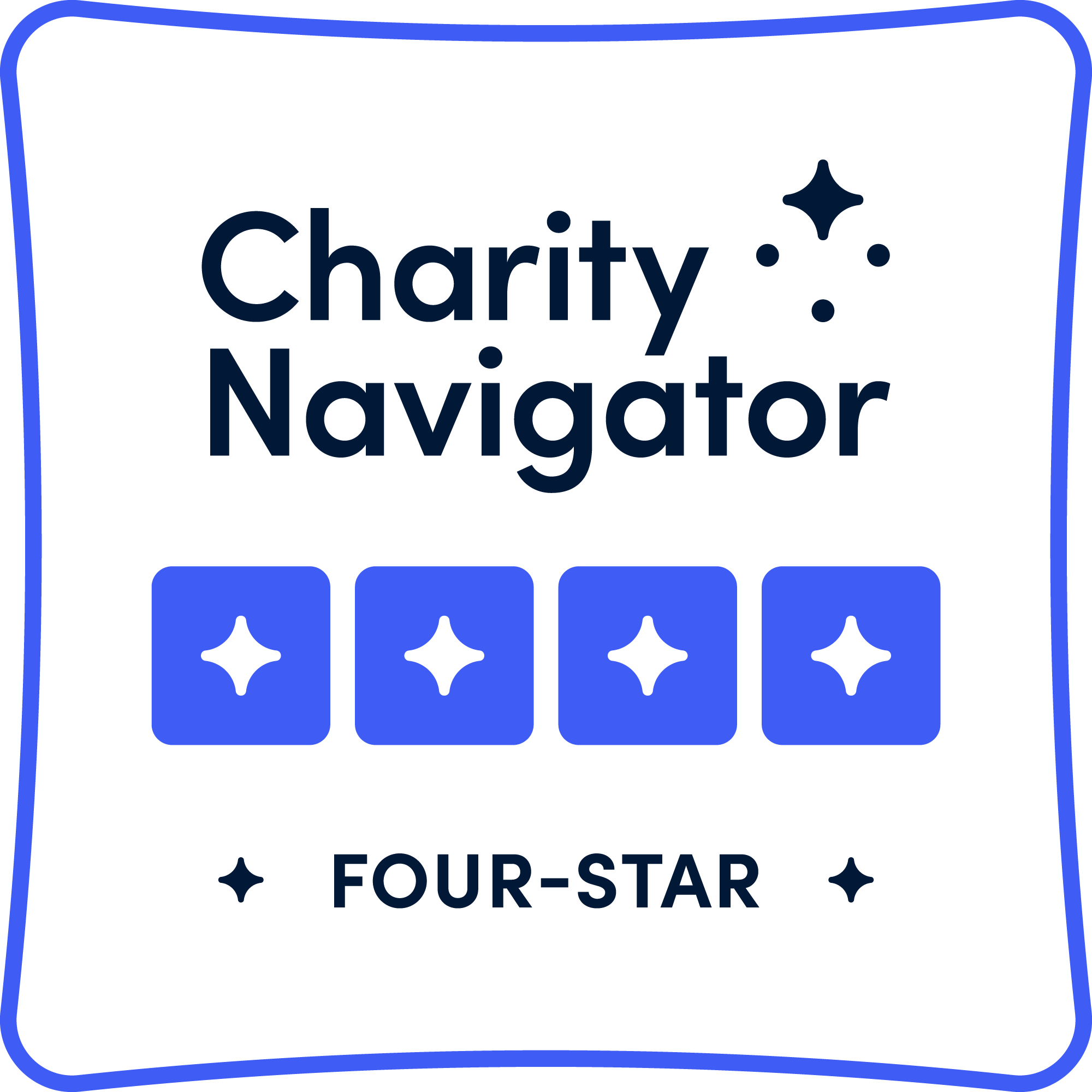Cultivating a Collective Impact Ecosystem
As of November 1, 2020, National Veterans Intermediary (NVI) is called the Local Partner Network. Older content may reference our original name.
Imagine looking at an aerial map of a broad landscape. Within this landscape are distinctive small clusters of forests, fresh water, abundant food sources and safety. Between these oases are large barren spaces, deserts with no ability to promote life and no safe passages to navigate. In our work with veterans, we frequently create similar islands with an abundance of support and self-contained pockets of success, but no navigable paths between these islands of hope and no map for our clients to follow.
Just like the broader landscape on which they live, rarely are people so tidy as to have one issue or one opportunity to address at a time; rather, our lives are complex and interconnected. One veteran may find employment but still struggle with housing and financial management, while another may find the crisis support they need but not the mental health resources to hold their stressed family together. Another, perhaps a military retiree, might receive benefits without issue but not know how to use their experience and expertise to volunteer in the community. This blog examines how using an ecosystem approach can improve community ability to serve and integrate veterans.
Why An “Ecosystem”?
An ecosystem is a complex entity with thousands of moving parts that, when perfectly attuned, creates something far beyond the simple sum of these parts. In nature, they provide the connectivity between roaming ranges, migration patterns, and the interconnected needs of a species. They maintain balance and create spaces that thrive and flourish. In our work with veterans, a strong, healthy ecosystem provides something very similar.
The Potential of Collective Impact and Collaboration
Many individual organizations stay so busy within their work that they do not take the time to consider the total landscape. I have worked with dozens of organizations that resisted talking about the realities beyond their own walls and yet continued to wonder why their clients did not thrive. Or, even if the clients did thrive, the success was dampened by the other issues they faced or unforeseen new issues developed.
Recognizing and honoring our clients as whole people with complex lives and individualized needs logically leads to a few important questions:
- Is any organization able to address all of our clients’ needs?
- Are there other providers with different skill sets that could complement ours? Are these social sector, government or corporate organizations?
- Could we, together, provide better outcomes for those we serve?
- Could such a collaboration begin to change the underlying conditions that perpetuate barriers and allow us to chip away at these obstacles for our clients both today and for the future?
Rather than asking any single organization to operate as an island, the approach of collective impact is to harness the combined power of the individual entities that comprise the ecosystem together, to provide the resources needed. Perhaps most significantly, it redirects our attention away from a competitive view of our peers and toward a perspective in which all solution providers are welcome and the nature of your business model becomes less important that the quality of your work.
The Big Picture View
Again, thinking of the aerial view of our landscape, imagine the spaces that may have previously appeared barren and without sustenance for our veterans. Now zoom into those spaces with new partnerships in mind. Those presumed deserts of care were likely populated with:
- potential employers
- future landlords
- mortgage lenders and bankers
- mental and physical healthcare providers
- friends and neighbors
- volunteer opportunities
- houses of worship
For example, corporate partners are frequently limited to the periphery of our work and relegated to roles as funders and secondary audiences. Veteran service providers and CVEBs may see corporations as targets for cultivation as potential employers through job placement programs. Through the power of collective impact, we can invite corporate leaders to the table as full and equal partners with expertise and knowledge to share. We can welcome their shared desire for a successful and productive workforce and apply their expertise to more impactful and more sustainable solutions. The same process can and has successfully brought landlords, lenders, health care providers, benefit navigators and many more around the table.
If we only conduct our work within our own self-contained pockets, we may believe that we provide oases of sanctuary and support. But, building sustainable bridges between and coordination among all of our potential partners truly creates an ecosystem in which our clients can both survive and thrive.
About the Author
An active leader from NVI local partner Nashville Serving Veterans Community Board, Kim brings over 25 years of experience in the nonprofit sector to her work with this veteran collaborative. She specializes in strategic planning, system design, and collective impact. Former Vice President and Senior Consultant for Center for Nonprofit Management, Kim has educated and coached cross-sector teams in a variety of issue areas, including health care, conservation, literacy, advocacy, family services and more. Kim earned her Masters of Education in Nonprofit Management at Vanderbilt, and continues her graduate study in the field of conflict resolution.









